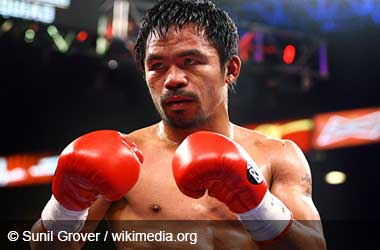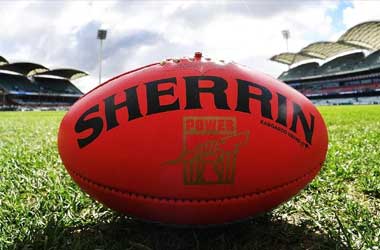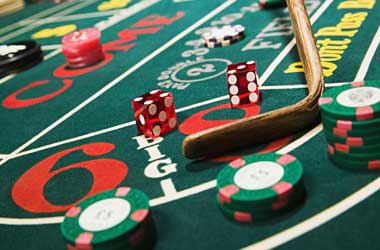Inspiring Sports Moments That Changed the World
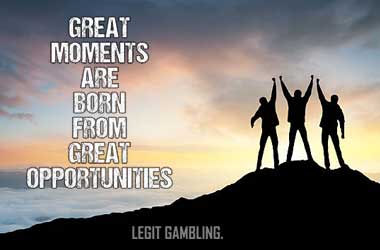
From numerous protests at the Olympics to Billie Jean King defeating the opposite sex in tennis, there have been many moments in sports that have left a notable impact on people.
Some of them even had the power to change the course of history, for example, when Jackie Robinson became the first African-American to play in the MLB.
So, sports don’t only have the power to unite fans, reflect economics and culture, affect international relations, and rise above cultural differences, but also shape society and positively inspire people.
10 Moments Which Brought The Sports World To A Stand Still
Take a look at the top 10 most influential sports moments in history that helped make the world what it is today.
# Haka Becomes Part of New Zealand Rugby
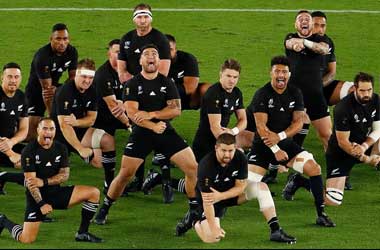
Haka pays homage to the indigenous Polynesian people of New Zealand — the Maori. Maori performed this dance before battles to prepare themselves mentally and physically. Now, the All Blacks use it for the same purpose before every rugby match.
The ceremonial dance is unlike anything that you’ve seen before as it represents solidarity and brings the community together.
# Lithuanian Basketball As a Symbol of Hope
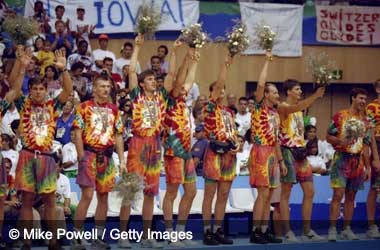
Although Lithuanian-born NBA players Arvydas Sabonis and Sarunas Marciulionis helped as much as they could, the dream was not possible until an American rock band, the Grateful Dead, wrote a check to the team.
Not only did Lithuanian’s national team go to the Olympics, but they won a bronze medal. The team was dubbed the “other dream team” as their story of coming under 50 years of Soviet oppression became a symbol of hope.
Plus, the team’s tie-dyed uniforms brought the much-needed comedic relief to the story.
# Amateurs vs. Pros
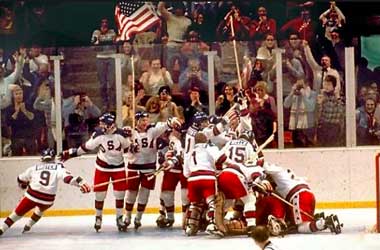
What might have helped the youngest team in the competition was the advantage of the home field as the Olympics were held at Lake Placid in New York. The event became known as the “miracle on ice” as the US win was scored at the height of the Cold War.
On top of that, the US went on to defeat Finland in the Ice Hockey finals and win the gold medal.
# Jesse Owens Shames Hitler
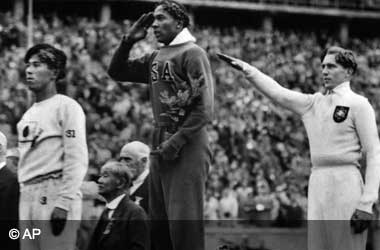
Hitler’s plans mostly fell through due to Jesse Owens’ major success at the Olympics. The African-American sprinter managed to equal or break nine Olympic records and set three world records in four categories — 100 meters, 200 meters, 4×100-meter relay, and the long jump.
Not only did Owens shame Hitler on his own turf, but his fantastic triumphs helped facilitate the civil rights movement after WWII.
# Refugee Olympic Team
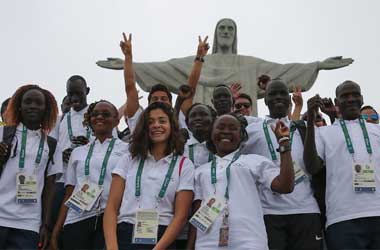
With more than 68.5 million displaced people in the world, the Refugee Olympic Team managed to gather athletes from Syria, Ethiopia, South Sudan, and the Democratic Republic of Congo to compete alongside other countries at the Olympics.
In the end, there were 10 competitors in three sports but, unfortunately, no medals.
# Korean Hockey
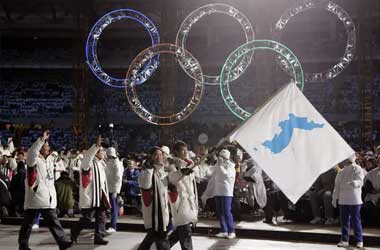
The first time this happened was 18 years ago, at the 2000 Sydney Olympic Games, when both countries only walked together during the opening ceremony.
This is an extremely important event in history because, as you might know, the Korean war is still officially ongoing. Both parties have only agreed to a ceasefire in 1953 but never concluded a formal treaty.
# South Africa Unified
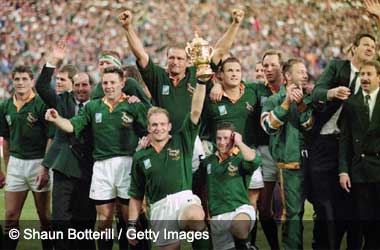
Previously, South Africa was not allowed to compete in any international events due to the apartheid, so this was considered to be a significant sporting event for South Africa. South Africa went on to defeat New Zealand in the finals. Nelson Mandela, the first black president, congratulated and presented the trophy to the white South African captain François Pienaar.
This event had an enormous effect on the nation and the world as racial segregation in South Africa came to an end.
# Rumble in the Jungle
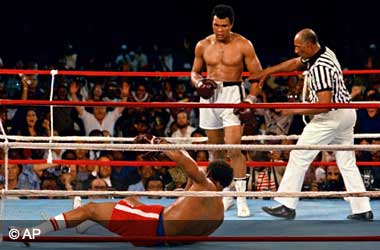
Three years later, in 1974, Ali traveled to Zaire, now the Democratic Republic of the Congo, for a boxing match against George Foreman. The former heavyweight champion and the undefeated current heavyweight champion went head to head in one of the most-hyped matches of all time.
Ali defeated Foreman in an eight-round knockout match and became the face of American boxing around the world, further cementing his legendary status.
# Air Jordans Invasion
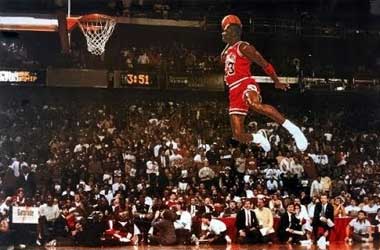
Once Jordan made “the shot” against the Cleveland Cavaliers to win a crucial Game 5 during the 1989 playoffs, Nike decided to release Air Jordans IV to the global market. They also featured director Spike Lee in their international commercials after he featured the shoes in his movie Do the Right Thing. That moment helped make Air Jordans become the most popular sneakers in the world.
# Cricket as an Olive Branch
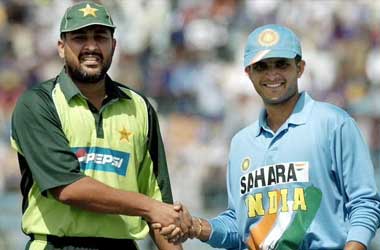
However, their mutual love of cricket brings the two countries closer together. In 2004, India’s national cricket team went on a tour in Pakistan after decades of conflict. Additionally, thousands of Indian fans went to support their team in the neighboring country.
This event helped to bring the two countries closer and it served as an icebreaker for the rivalry. Their passion for cricket is something that transcends years-long conflict.

